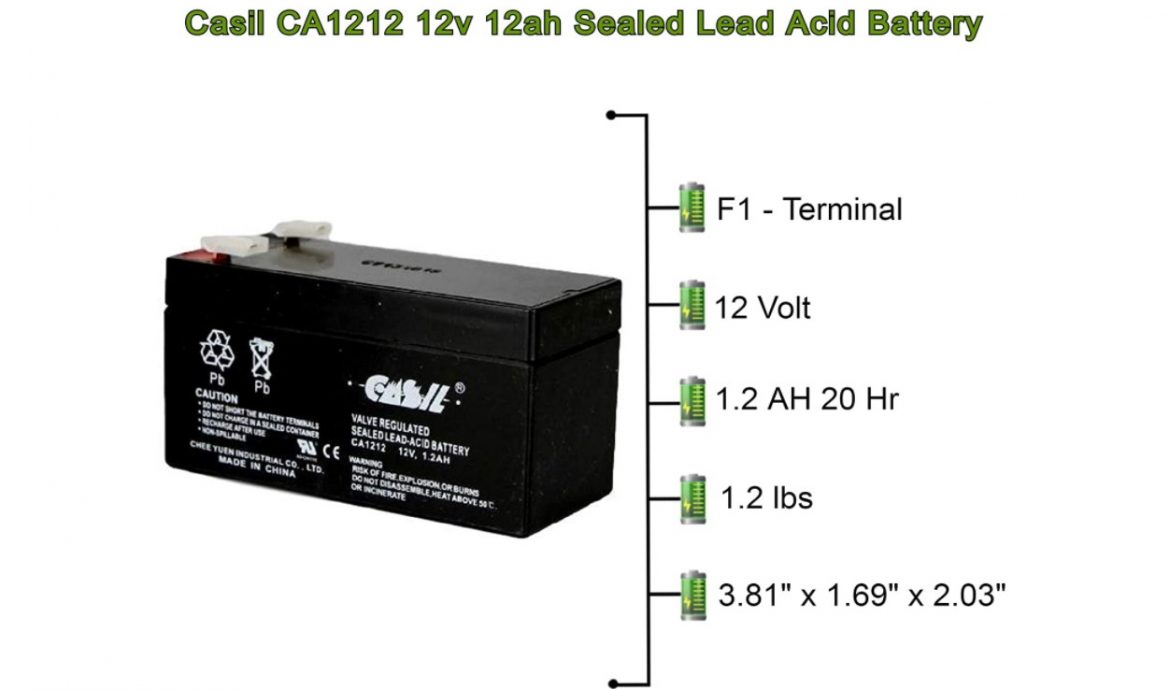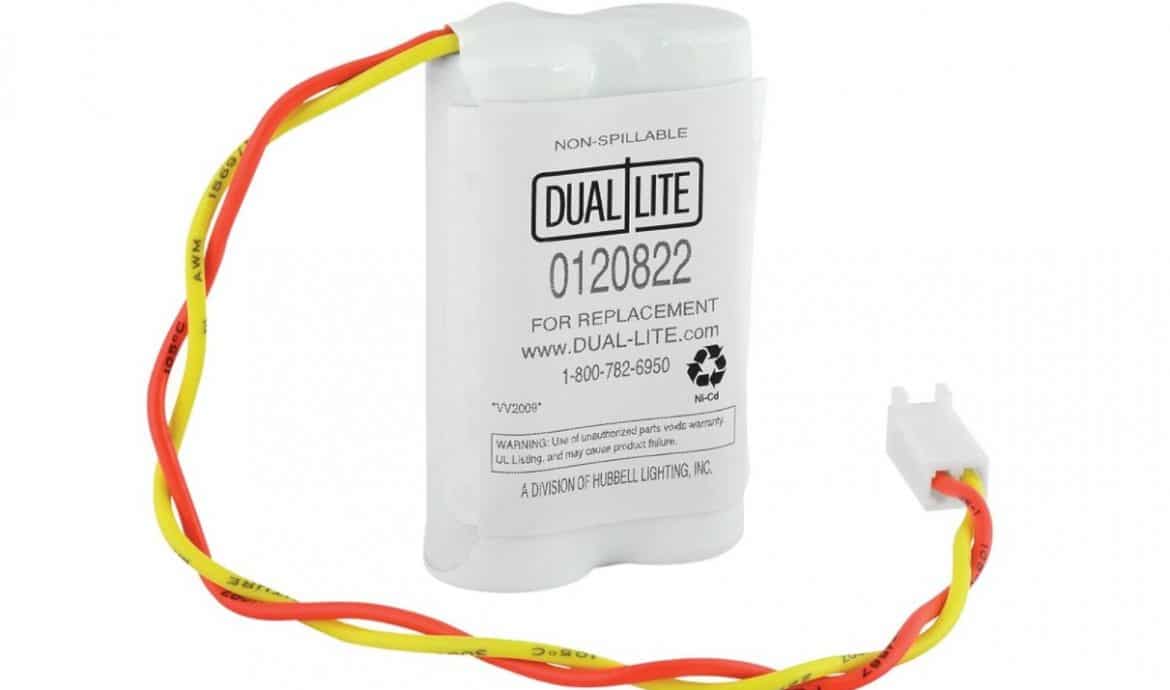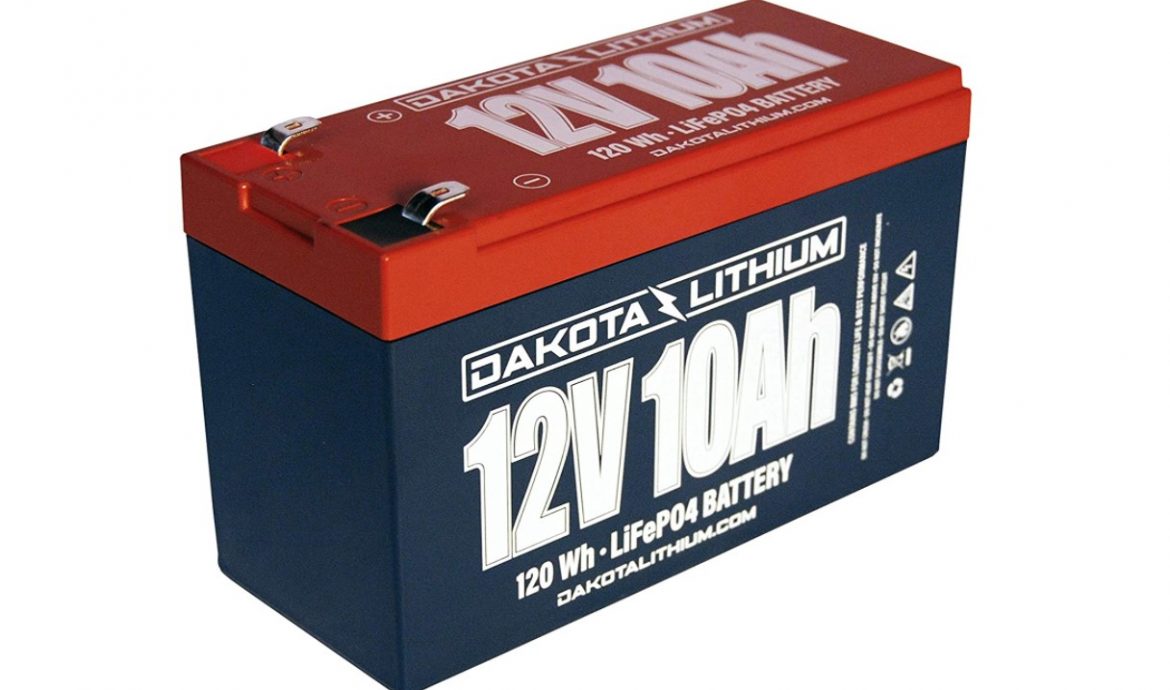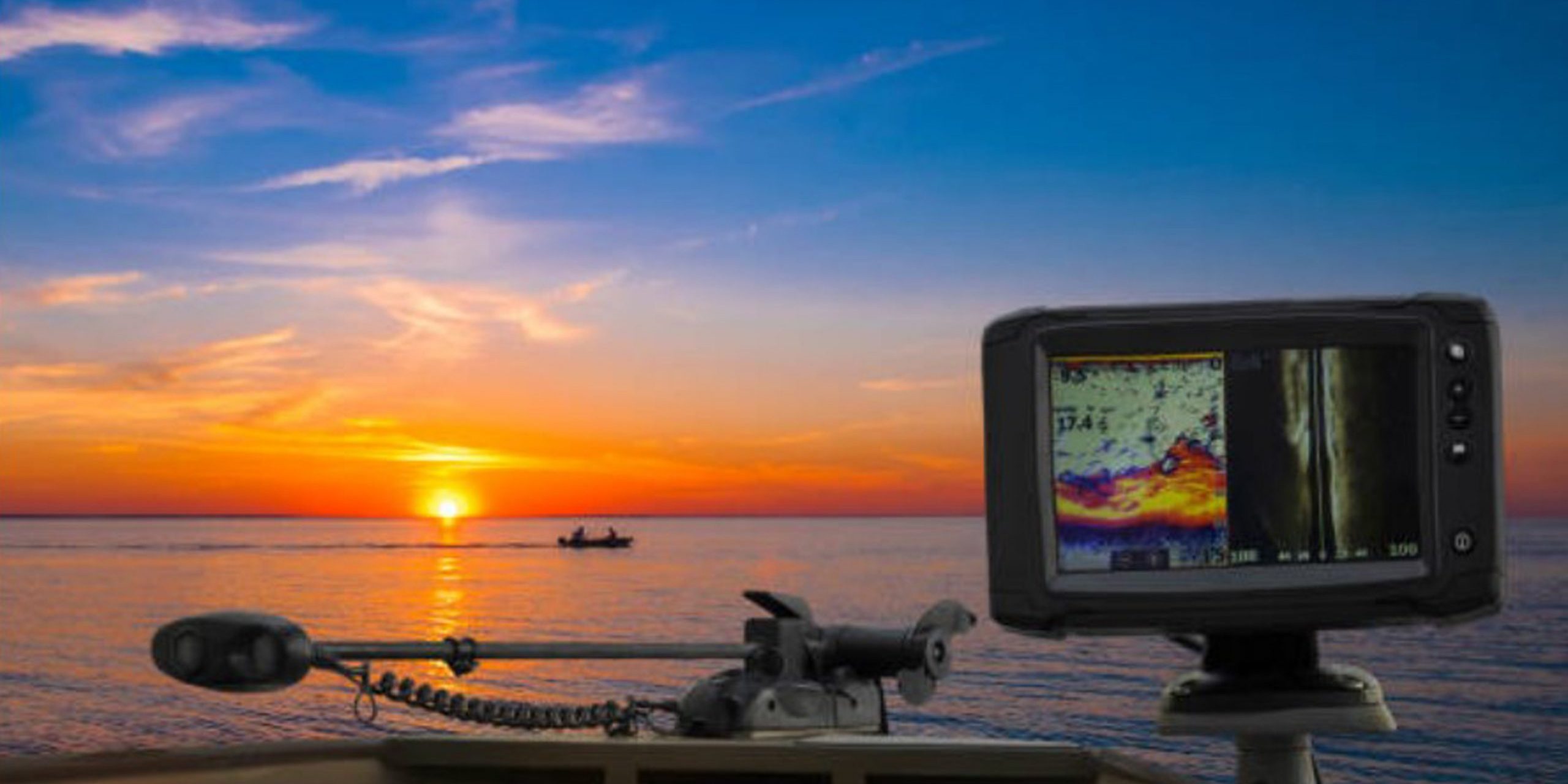Fishfinders are these versatile devices that we can truly benefit from when out fishing. We can use these devices in a lot of settings to catch our targeted fish in the most efficient time possible. Although fishing is an exceptional hobby that consumes lots of time. Sometimes we may be confused to select what battery to use for fish finder before going fishing.
Therefore, it is only natural for us to make sure that it runs in optimum capacity and won’t run out of juice in the heat of our fishing trips. While most fish finders will come with impressive battery capacity or power supply we need to make sure that we know all about fish finder batteries as much as possible so when the going gets tough we can handle anything nature throws our way.
So, what is the best battery we can use for our fish finders? Let’s discuss.

What are fish finders?
First of all, before we dive deeper (pun intended) into our discussion about fish finder batteries, let’s talk briefly about what fish finders are for those who aren’t that familiar with this awesome tool.
Fishfinders are a great way to explore the underwater world and find the best fishing spots. Whether you’re a professional or recreational fisherman, a fishfinder can make your trip more successful. Fishfinders are tools that help you locate fish. They use sonar to project an image of what is below the water’s surface, which can be a boat, structure or fish. Fishfinders have come a long way since they were first introduced in the 1940s. They use more efficient technology and offer more detailed images.
Today, there are many types of fishfinders on the market. Some fishfinders are even stand-alone units with no screens.
Fishfinders will have a digital screen whether LCD or old CRT-type to display its findings in real-time. Modern fish finders while a bit more expensive should have upgraded technology onboard like GPS, E-radar, compasses, and pretty accurate readings. It works in both shallow and deep water with varying range and capacity.
What battery to use for fish finder – Types of batteries
Once again, fishfinder batteries are super essential for your entire fishing expedition. Your device is only as good as its battery capacity. Make sure to plan ahead and get the best battery option for your trip. Here are a few of your choices or are the types of batteries used for fish finders.
SLA or Sealed Lead Acid

SLA or Sealed Lead Acid batteries are commonly utilized as dual purpose marine batteries or deep cycle. They can operate no matter the setup of your device as they are leak-proof. They also come in a variety of sizes and shapes and they are pretty affordable.
The glaring downside to SLA batteries is that they are quite heavy compared to other options. For example, a 7 to 9Ah, 12-volt SLAbattery can weigh within 4 to 6 pounds. They are not ideal for small boat fishing as in your kayak.
NiCD or Nickel Cadmium

NiCD or Nickel Cadmium is the lighter option compared to SLA batteries but to be honest, we don’t see a lot of fish finders old and new models alike that employ this type of battery for they have a few downsides to them.
Although these batteries are relatively lightweight they are not eco-friendly or don’t even have a strong memory effect. It’s sort of the last resort for fish finder batteries should you don’t have any other choice.
Lithium batteries or Nickel Metal Hydride NiMH

Perhaps the common built-in and bought-for batteries for fish finders are lithium-ion or Nickel Metal Hydride batteries.
This type of battery can be about 3 to 6 times lighter than SLA batteries and offers so much more capacity. a relatively popular fishfinder model can run on a lithium-ion battery at 0.23 amps for 53 top 54 hours at least. And the battery is then at a compact 3.9 pounds. Now, that’s one efficient fish finder!
Most lithium-ion batteries are also further upgraded with a BMS feature. BMS or Battery Management System balances and regulates cells for more efficient operation.
The downside to this type of battery? Well, they can add significant cost to a fish finder or they are more expensive and some models require special chargers to reinvigorate them. But, needless to say, the benefit of running under lithium-ion batteries far outweighs the cons.
You can be on long fishing trips and your fish finder won’t run out of juice anytime soon.
What about the charging process for fish finder batteries?
Please do only use the assigned chargers for your fishfinder or fish finder batteries. Using the wrong one will most certainly damage or destroy your battery pack and may lead to fire or injury.
SLA batteries are usually charged fully overnight. This type of battery also has fastchargers and once again they are quite inexpensive. Fast charging also exists for Lithium-ion batteries and they will be ready in under an hour.
Although, there’s proven evidence that fast-charging for fish finder batteries, in general, may shorten the battery’s operational life although not significantly.
Things to consider when buying fish finder batteries
Here are a few more aspects to consider when you are shopping around for a fish finder battery aside from the battery type.
Capacity
It’s only instinctual to consider how much juice your fish finder can have with your battery of choice. Most fish finder models would run on 12V for 10Ah. Want to calculate the duration of a battery’s operation per voltage and amps per hour given? Use this formula.
Battery amp hours indicated / fishfinder amp draw = hrs. of runtime. However, due to some fish finders having multiple features and systems running at the same time, you might have to give that runtime a 20%+-. Please do take note that larger fish finders will use up more juice per hour so keep that in mind.
The rule of thumb is to buy more capacity than what you initially intended.
Size and Weight
We did mention about weight above but not necessarily size. These two aspects should come hand in hand because they will determine how bulky your device will be and how ergonomic it will be once you are already fishing.
As mentioned, fish finders have a lot of features and so you will use them a lot. You need to buy the ones that fit your fishing habits or fishing boats. Batteries that are above 5 or 6 pounds are already considered heavy. Choose more lightweight ones for smaller boats.
Final Words
A fish finder is a versatile device that can be used in a lot of settings to catch fish. You can set the fish finder to the depth you are targeting and it will give you an efficient reading of what is below your boat. The entire fishing expedition is super essential and finding the right fish finder batteries is a must. Make sure to have plenty of battery capacity with Lithium Polymer batteries – they are super essential for the entire fishing trip. Make sure to get a battery charger for the batteries as well – you never know when you will need them.
Chances are that you will be coming in late at night and going out first thing in the morning. Make sure that you have plenty of time for the batteries to charge fully and that the chargers are ready to go! If you can, ensure that you have all day to charge them so that they will be ready to go all day long.







